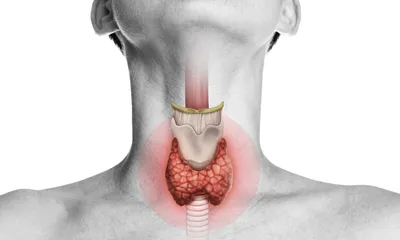Alopecia
-
Description
-
Signs & Symptoms
-
Anatomy
-
Cause
-
Diagnosis
What is Alopecia?
Alopecia is an autoimmune condition where significant amounts of hair are lost from the scalp or other areas of the body. There are 4 types of alopecia, starting with alopecia areata totalis where a person experiences full hair loss on the scalp. Alopecia areata universalis involves losing all hair on their scalp and body, while with diffuse alopecia areata hair loss is less pronounced and it involves areas of hair thinning rather than losing it in patches. Ophiasis alopecia areata will have hair loss occurring in a band at the bottom of the scalp.
What Causes Alopecia?
Alopecia can be hereditary and this will mean it is inherited from a parent or family predecessor. It is a hair loss condition that affects children more frequently than teens or adults, and diabetes, thyroid disease, or lupus are autoimmune diseases that can also be behind what causes alopecia.
Alopecia Symptoms
The foremost of alopecia symptoms is patchy hair loss seen on different areas of the body and being more or less pronounced based on the type of alopecia. Other possible ones are nail pitting, itching (pruritus), openings in hair follicles (follicular ostia), skin color changes, black dotting on affected skin areas, and shorter or whiter hairs growing on affected skin areas.
Alopecia Treatment
Alopecia is treatable and even reversing it may be possible for some people. The most conventional approach to alopecia treatment is to have the sufferer use JAK-inhibitor medications like Olumiant. Clobex shampoo may also work for alopecia and limit its spread. UVA / UVB phototherapy and PRP (platelet-rich plasma) injections are also possibilities for alopecia treatment.
Topical immunotherapy involves contact dermatitis being caused intentionally and for some people this works to reverse alopecia. This may be something else for doctors to consider when it comes to helping patients who have alopecia, but it will be dependent on them being good candidates for immunotherapy.
Signs & Symptoms
- Patchy hair loss
- Nail pitting
- Itching (pruritus)
- Openings in hair follicles (follicular ostia)
- Skin color changes
- Black dotting on affected skin areas
- Shorter or whiter hairs growing on affected areas
Anatomy
- Scalp
- Hair follicles
- Nails
- Skin
Cause
- Hereditary predisposition
- Autoimmune diseases (e.g., diabetes, thyroid disease, lupus)
Diagnosis
- Physical examination of hair loss patterns
- Scalp biopsy
- Blood tests (for underlying autoimmune diseases)



